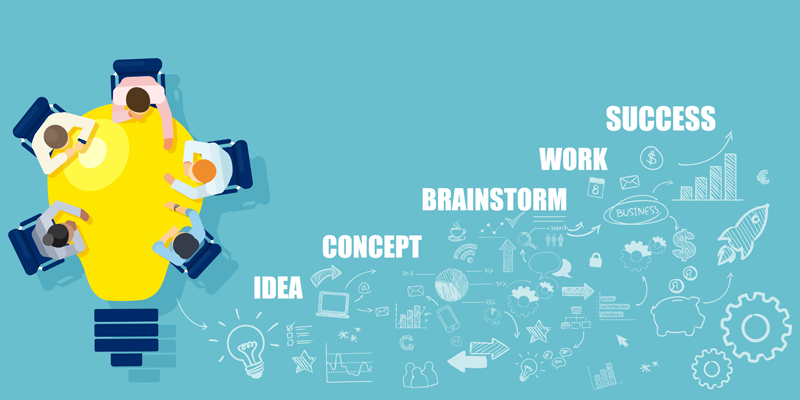Four Solutions to Overcome Industrial Project Challenges in Mexico
By Erick Kuri, SSOE Group
CHALLENGES IN CONTEXT
While leaders of industrial projects in Mexico navigate challenges of cost and efficiency, education and engagement are key to success:
The challenges of cost and efficiency. The biggest challenge facing manufacturing project leaders today is cost. Owners want the project done quickly and to the highest level of quality while also remaining extremely budget conscious. The industry is also concerned with increasing efficiency over time, so each project must be completed faster than the one before. Some companies are outsourcing to reduce costs and large investment companies are coming to Mexico with the expectation that their projects will be completed within a year—an extremely aggressive timeline.
Project teams offer solutions to these challenges with insight into the project development process. The biggest challenge that project teams face within the cost/efficiency dichotomy is that many owners do not understand the process. Owners, understandably, demand rapid delivery of the completed facility. They want to sell automotive parts and other products to recoup their investment as quickly as possible. Owners are so focused on the final goal and would benefit from insight into the planning phase, which is often much more complex than they may initially realize. To optimize success, owners should invest a substantial amount of time and resources into the planning phase.
Planning and engagement in the project development process becomes vital. The planning phase is where the project’s foundation is formed. If owners don’t have a solid plan, the project will likely experience many inherent challenges. It is not unusual for an owner to allocate about four weeks for planning in their rush to get ground broken on construction. They are focused on getting to the construction phase as soon as possible. In addition to planning, owners want to allocate time for support and project engagement on an ongoing basis throughout the project lifecycle to optimize success.
Within education and engagement efforts, here are four specific solutions owners can consider to overcome project challenges.
FOUR SPECIFIC SOLUTIONS
1. Change the dynamic = delivering optimal solutions. The dynamic between the owner and project team often needs to be defined clearly. Because owners are used to dealing with vendors that primarily distinguish themselves through lower cost and faster delivery, there is a tendency to view project teams in the same manner. But the true value that project teams provide comes from their expertise and ability to develop optimal solutions based on the unique needs and characteristics of each project. In this role, they are much more a partner or advocate, rather than simply a supplier of design services. When the role is clearly defined as partner / project team stakeholder, an open invitation is created to bring new ideas to the table. For example, the project team stakeholder might suggest an alternate delivery method such as design / build that will achieve the owner’s goal of a faster completion, while also providing an opportunity to incorporate value-added and cost-savings elements. In addition to redefining the relationship, it takes experience to understand what project team stakeholders provide as a value proposition to the owners they serve. In a recent example, the team faced a major challenge in dealing with a specific brand requirement from an auto part manufacturing company that had a long lead time for delivery that resulted in a major risk of schedule delays. The team engaged experts to help evaluate technical specs and find the best way to overcome these obstacles, allowing the owners to see how other brands achieved reliability, quality, and on-time delivery. In this example, the consulting team works as a partner and built confidence in their methods and proposed brands. When the project began, the owner had aggressive budget and schedule goals. However, those expectations were managed through effective communication and the project team was able to show the owner how the team dynamic can achieve favorable results. Project team stakeholders need to ensure owners trust that they have the experience and ability to execute their projects in the most efficient way possible. Thus, teams will provide recommendations based on the project requirements and collaborate with owners to achieve a successful outcome.
2. The key starting point = a discovery meeting. First impression matters, after project teams establish their role as a key project stakeholder and advisor, a successful process continues with an introductory meeting in which the owner reviews relevant technical information and examples from the prospective team to see what the project team can do for them. After the presentation, a Q&A discussion can help develop a clearer picture of the owner’s needs and expectations. This is the time for the owner to define their “must haves” and where there is flexibility. What is the budget? What is the balance between cost and quality? How flexible is the timeline? This step is crucial for establishing a true partnership in the project delivery process.
3. Decisive next steps = formally define expectations. The next step following a discovery meeting is the development of a formal document that defines needs and expectations from both parties, along with the project scope. Asking questions at the outset will help clarify the client’s needs and goals to ensure the document’s accuracy. Finally, a formal proposal is presented and discussed. If the owner’s original plans cannot be met, compromise solutions can be offered. For example, if they have a smaller budget, they may have to rent a mobile office or adopt a longer timeline to accommodate a smaller workforce.

